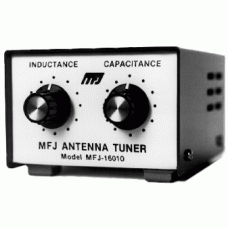I see a lot of misleading comments about antenna wires fed at their ends. Perhaps I can clear up some of the confusion.
There is a general category of antennas that are "end fed wires". These consist of two basic types. First is the EFHW (End Fed Half Wave) antenna. As its name suggests it is a half wave long and is normally only usable on a single band. It requires a small matching network in most cases. The EFHW design isn't quite as obvious as it sounds. Steve Yates AA5TB does an excellent job of explaining the End Fed Half Wave Antenna.
The second common type of end fed wire antenna, and one I usually use for portable operations, is the Random Wire Antenna. The name of this one is confusing. First off, it is not exactly a random length and second of all you definitely DO NOT want it to be an actual have wavelength long on any of the bands where you want to operate. The reason for this when you feed a half wave long wire at its end the impedance is very high compared to the 50 Ohms we typically want. Most internal radio tuners and many external tuners cannot bring this high impedance down to 50 Ohms which will result in an SWR that is too high for most radios. My choosing a length of wire that is NOT a half wave long on any band where you will operate a good match is more likely. The following article describes how the author calculates good wire lengths and provides a hand chart that shows suggested lengths for different combinations of bands. Mike AB3AP's Random Wire Lengths.
One small tuner that works very well for these random length wires is the MFJ-16010. It's small so I like it for portable operation and you often see them for very reasonable prices at hamfests.
73,
Tim N9PUZ

No comments:
Post a Comment